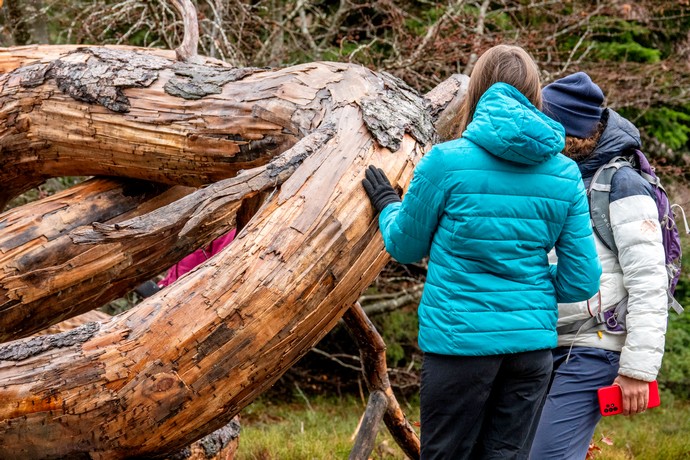The peat bog of La Verrerie
A must-visit natural site in the Monts d’Ardèche, the peat bog of La Verrerie in Burzet is a place rich in biodiversity to be preserved and absolutely discovered!
Industrial site linked to the forest of Bauzon in the past, its glassworks were used to create glass (hence its name). Thanks to the abundance of natural fuels such as beechwood, its ecosystem allowed for the drying of wood and the calcination of plants to produce potash. The peat bog of La Verrerie is now a protected Natura 2000 site and a sensitive natural area managed by the Conservatoire d’espaces naturels (CEN) Rhône-Alpes. Moreover, since June 2023, it has become a meeting point on the artistic route of “Le Partage des Eaux” (The Sharing of Waters). Intrigued? We’ll tell you more!
What is a peat bog?
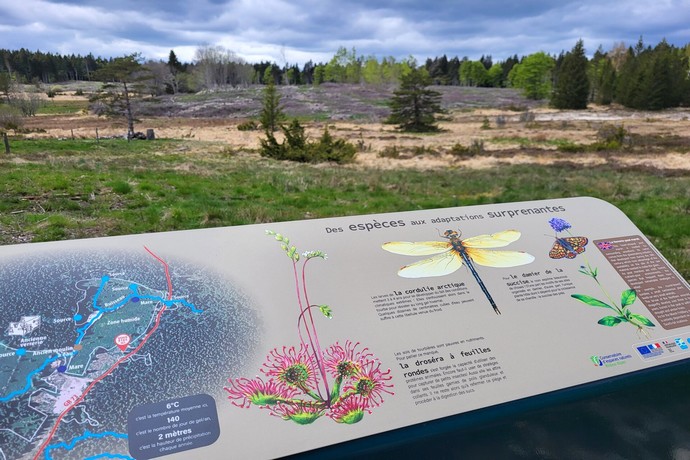
Panneau biodiversité de la tourbière ©pnrma
A true natural gem
A peat bog is a natural wetland saturated with water and rich in vegetation, known as peat, which stores a significant amount of carbon. They are highly localized in Ardèche and serve as true cradles of biodiversity, harboring endemic species not found in any other type of environment.
Did you know? Peat bogs currently cover 3 to 5% of the Earth’s land surface. To effectively protect the peat bog of La Verrerie, we invite you to take a walk along the path that borders it, observing without entering to preserve it.
They are studied as a baseline for measuring various phenomena: humidity, rainfall, piezometry (study of groundwater depth), wind, temperature changes, to scientifically assess the impact of climate change on sensitive natural environments.
A cradle of biodiversity

©Nicolas DUPIEUX
Around the peat bog, numerous plant and animal species flourish, particularly in humid environments: Drosera (sundews), frogs, carnivorous plants, bladderworts, sphagnums (small mosses), dragonflies (cordulies), and many more. Here, we introduce you to some of these biotreasures of the Geopark of Monts d’Ardèche.
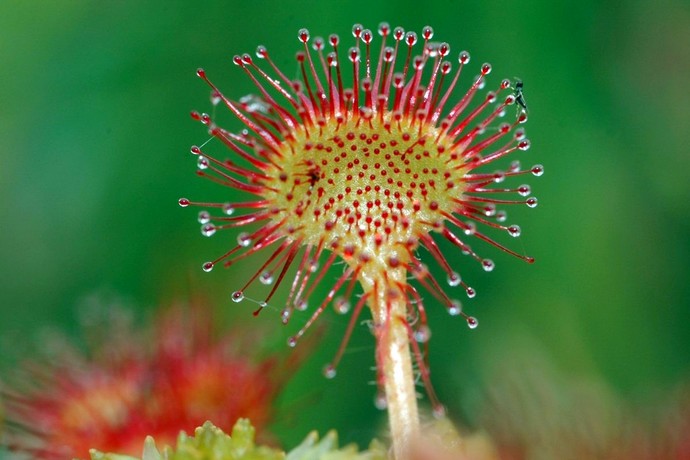
Drosera ©Nicolas Dupieux
Droseras
Droseras, also known as sundews, are insectivorous plants belonging to the Droseraceae family. They utilize their natural glue, called mucilage, to capture small flying insects. Beware of their seemingly gentle appearance, as they are formidable predators for small flying creatures.

Polytric genévrier ©Brigitte Tairraz
The mosses
Dicranes in broom, Polytrics juniper, or even sphagnums cover the floor of the peat bog. They form in humid environments due to the abundant accumulation of water and constitute the base of the peat bog soil (after several thousand years for some species).
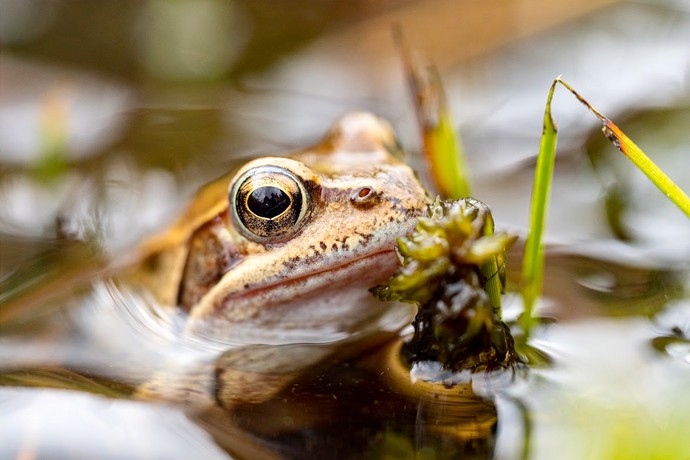
Grenouille ©F.Roux
The frogs
It’s no secret, where there’s a pond, a puddle, a marsh, or a water spring, there are frogs! They thrive wonderfully in the water spots of the peat bog and are also present because numerous insects, their food source, reside there.
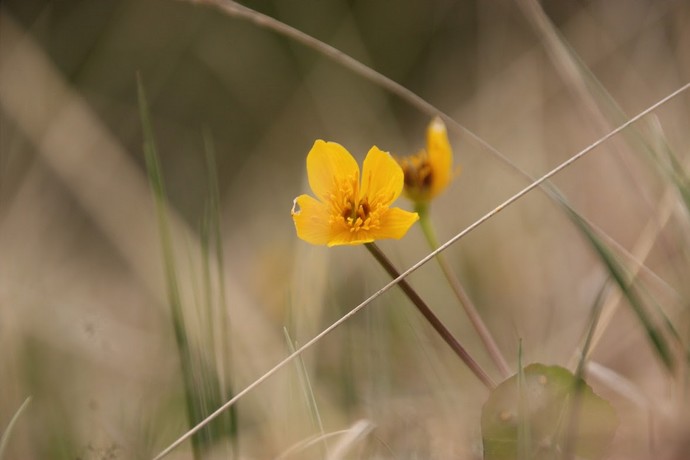
Populage des marais ©Alain Verdois
Plants and flowers
Marsh marigolds, marsh violets, toadflaxes, bladderworts, dioecious valerians, water clovers, or even marsh marigolds; they are numerous to bloom in the peat bog, revealing a true kaleidoscope of colors that contrasts, to our delight, with its landscapes.
So, how do we get there?
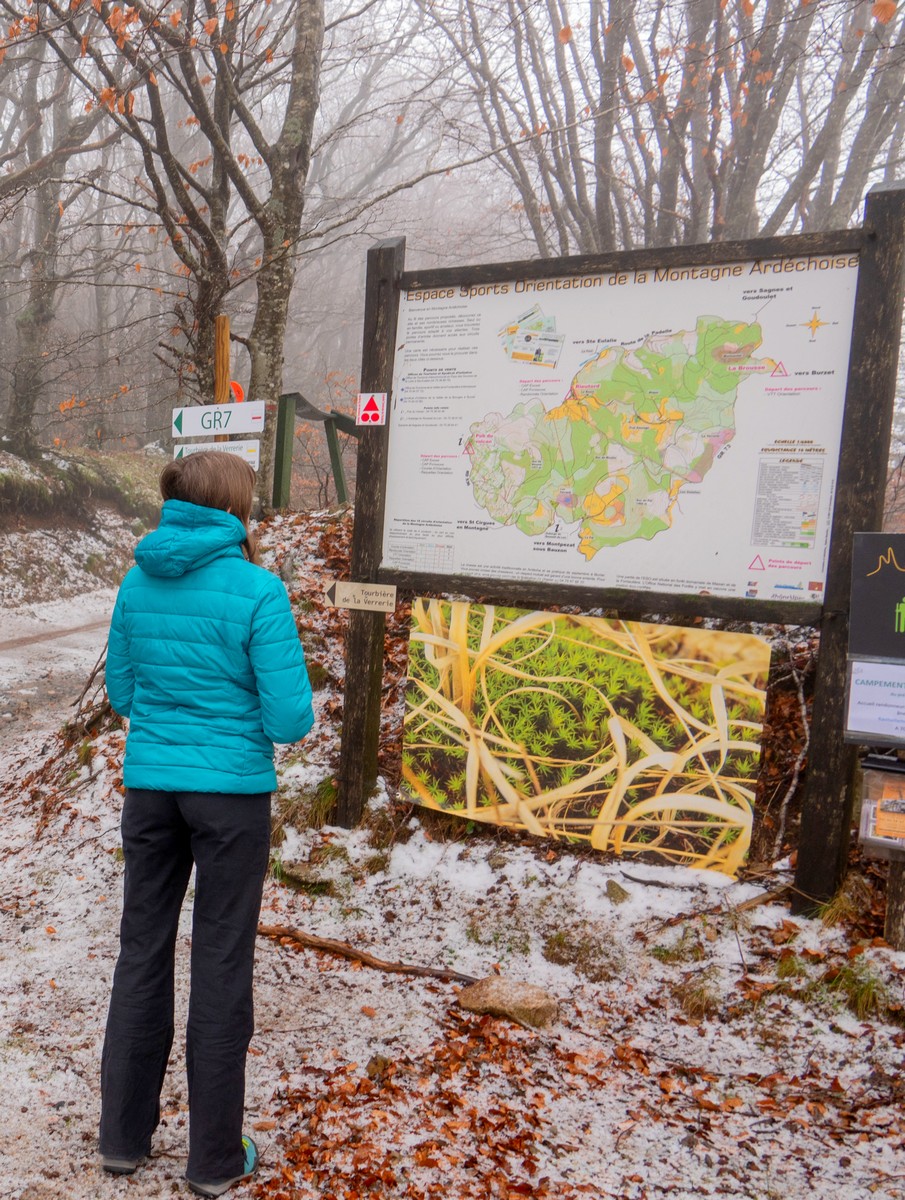
By car
From the D536, head towards Burzet, then follow the direction to the locality “Pré du Bois” for about twenty minutes. You will reach a parking area. From there, follow the hiking trail signposted “Tourbière de la Verrerie” (8km / 100m elevation gain).
A little extra: You will pass through the village of Burzet, recognized as a “station verte” (green resort) for its quality of life, pure air, and clean waters. Don’t miss the medieval part of the village with its old shops, cobblestone streets (calade), and the Calvary walk (27 stations).
Highlight: For panoramic enthusiasts, we recommend climbing up to the clock tower: a historical site and a popular spot for rope sports (free-access climbing routes).
On foot
Feel like going for a walk? From the welcome sign of the peat bog of La Verrerie, you can embark on a complete circuit to explore the peat bog covering 9.8 km (2 hours and 30 minutes of walking). This hike offers the opportunity to discover various plant and animal species endemic to the peat bog. You can also opt for a round trip to the artwork “Ouroboros” in 30/40 minutes.
This hike, unlike any other, is also a chance for the curious to discover the artwork “Ouroboros” by Henrique Oliveira, inspired by the surrounding natural environment and sculpted with recycled natural materials from the peat bog itself.
A new artistic work for the sharing of waters
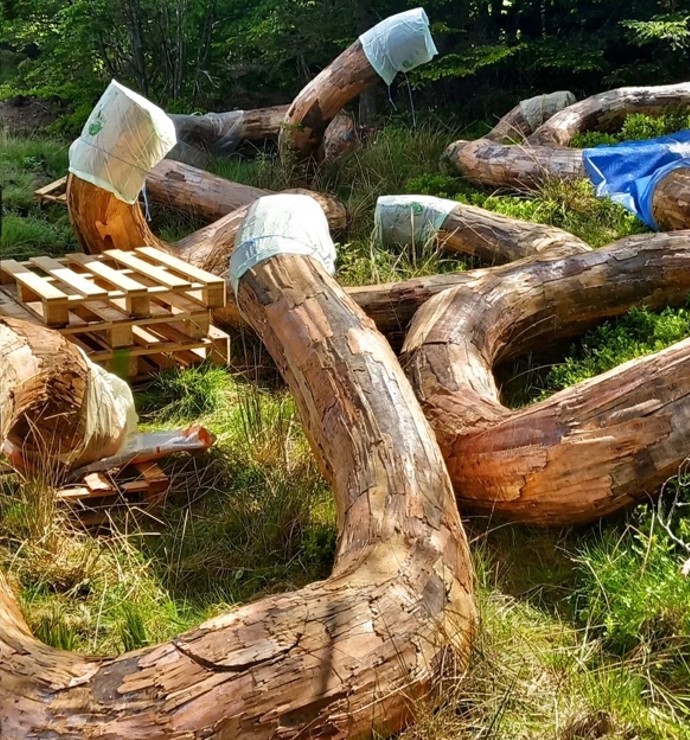
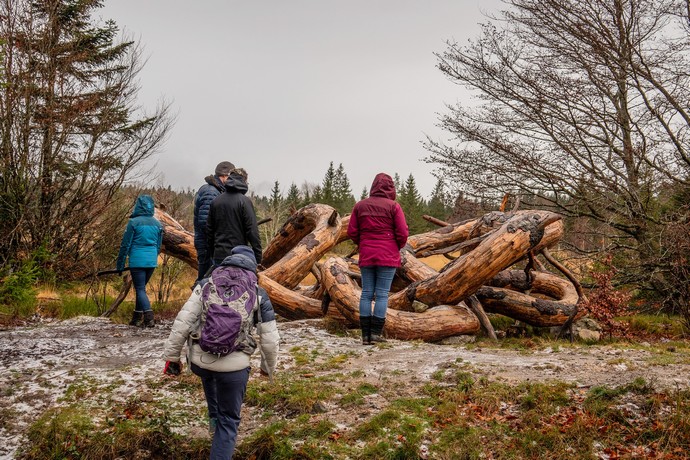
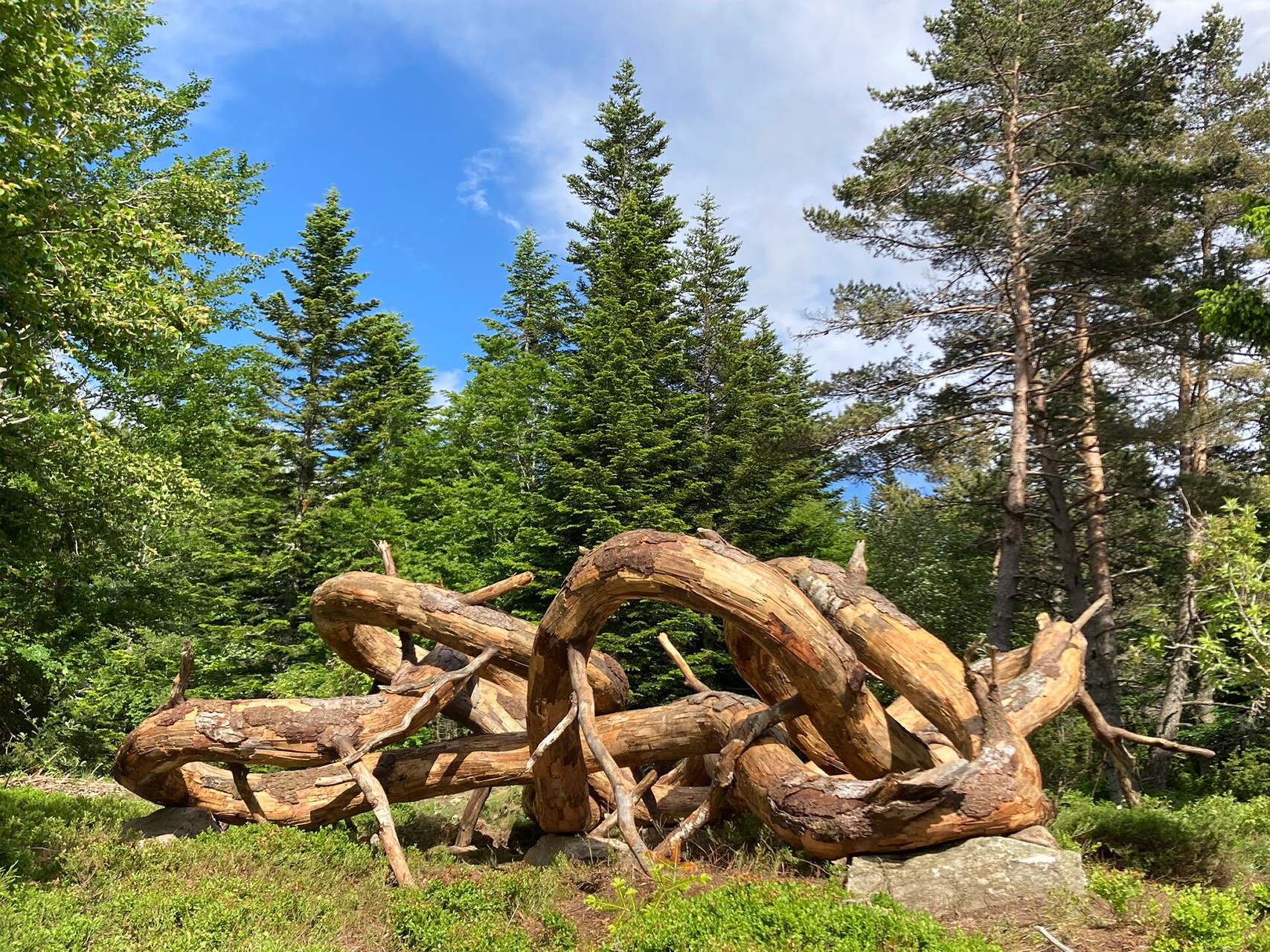
©PNRMA ©Benjamin ABOU
“Ouroboros” by Henrique Oliveira
The Sharing of Waters is a route in Ardèche that represents the invisible line, discernible only to the naked eye, dividing the waters of the department into two between the Mediterranean and the Atlantic. It already features several artistic works along its course, notably along the GR7 hiking trail.
Did you know? The Ouroboros is a symbol found in various cultures, derived from two ancient Greek words meaning “that which bites its tail.” Typically represented by a serpent or dragon, it symbolizes self-reflection, a perpetual cycle where the beginning and end meet in an infinite circle.
The artwork consists of nine elements created in a workshop in London. These elements were then assembled and affixed to rocks (placed on a portion of previously leveled ground).
To achieve the symbiosis of the different pieces, the joints were concealed with paper pulp covered with “tapumes” (pronounced “tapoumesses”), recycled wooden panels in the form of plywood palisades (a technique used in Brazil).
These panels, originally intended to be discarded, were salvaged, soaked to treat the “barks” before the structure was completed with branches collected from the surrounding forest to create the supporting pillars and the aerial loops of the Ouroboros.
